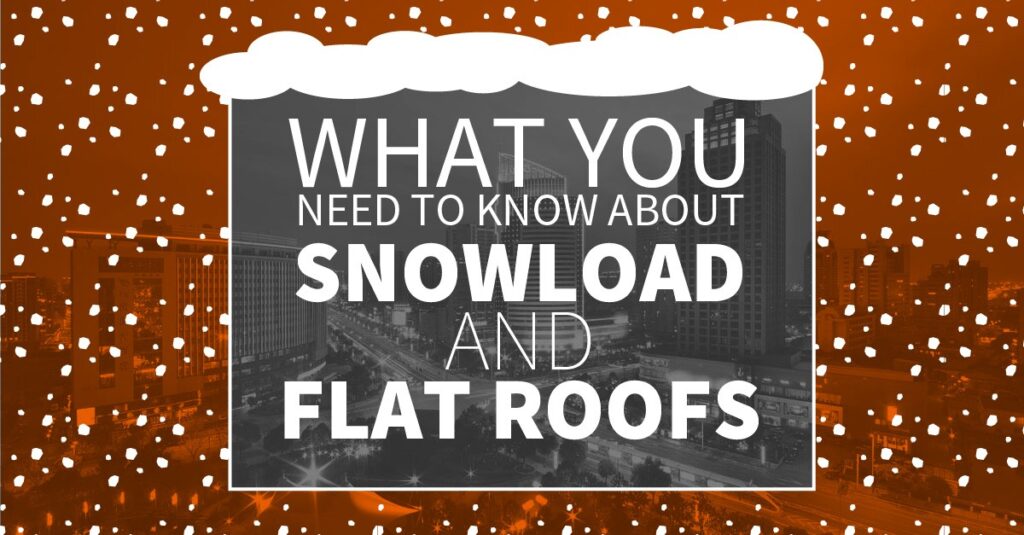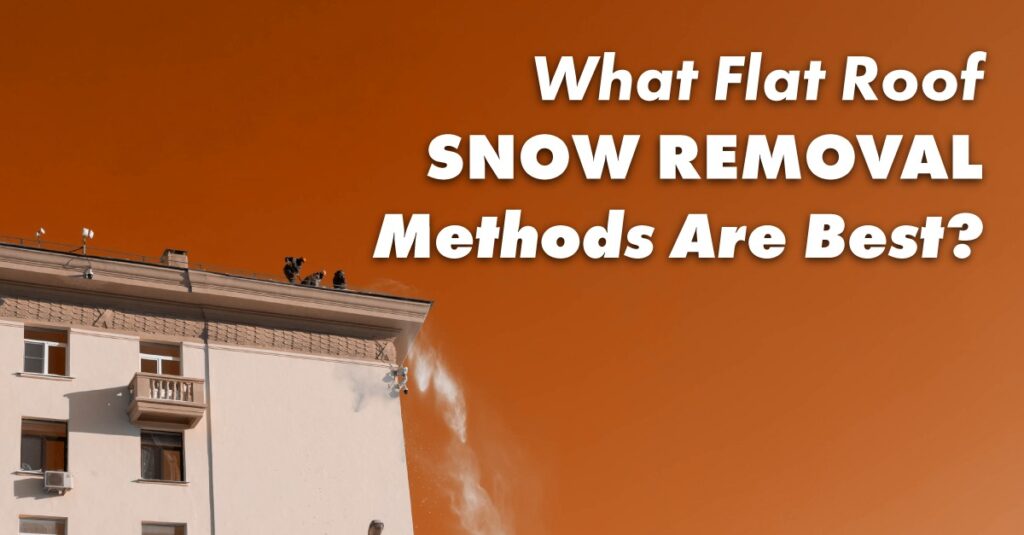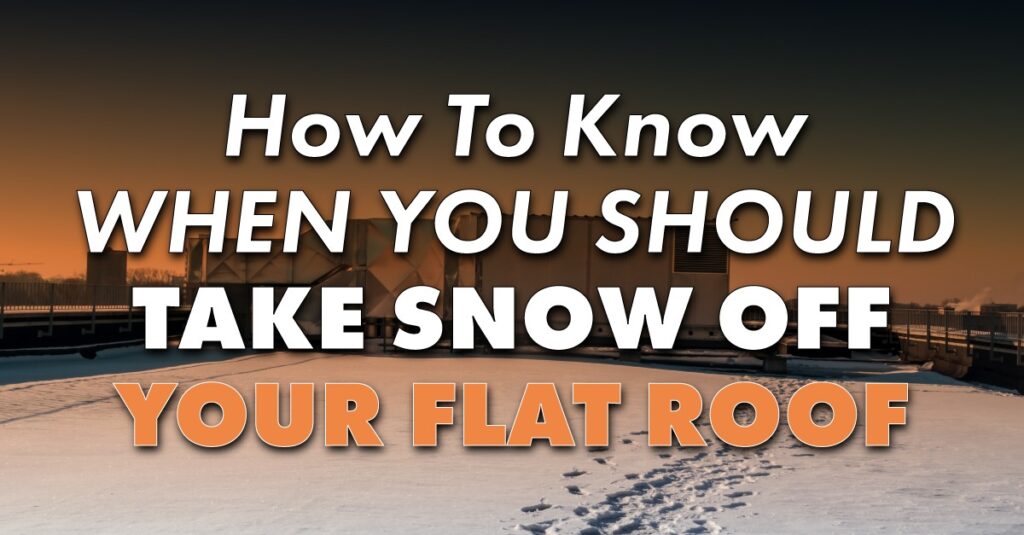Winter weather can take a toll on your commercial building’s flat roof, and the amount of snow we get here in the northeast is particularly concerning because of the stress that its weight puts on the roof. Learning about your roof’s snow load and the potential impact it has on the structure can help you avert costly damage to your roof and the building it protects.
Snow Load Basics
“Snow load” refers to the amount of frozen precipitation your roof is designed to withstand, in pounds per square foot. An experienced local roofing contractor can help you understand the snow load for your building and how to estimate the amount of accumulated snow this equates to on your roof. They can explain different factors that affect the actual snow load, like:
- The moisture content of frozen precipitation is what determines its weight and how much snow your roof can tolerate. A foot of fresh, powdery snow weighs about the same as three-five inches of compacted/wet snow or just one inch of ice.
- Structural stress can be significantly higher in spaces around raised rooftop elements and equipment installations because snow tends to drift and pile up in these areas.
How to Prevent a Roof Collapse From Excessive Snow Load
While it might seem that your commercial building is completely at the mercy of Old Man Winter, there are steps you can take to reduce the risk of significant structural damage or a roof collapse:
- Listen. Stay alert to any odd noises inside your building that warn you the structure is under stress, like creaking, cracking and popping sounds.
- Monitor. Do periodic interior checks for signs of strain, such as sagging ceiling tiles/boards or sprinkler heads, difficulty opening/closing windows or doors, and newly-developed cracks in the masonry and walls.
- Inspect. Have your maintenance staff check the roof after major storms to assess the approximate depth of the snowfall, if the accumulation is wet or powdery, and whether there are deeper drifts in certain areas.
- Act. If you hear any of the warning sounds that heavy snow is stressing your building, or you’re concerned that the accumulation is approaching the safe snow load limit, contact a trusted roofing contractor immediately to schedule rooftop snow removal.
For expert advice about the safe snow load for the roof on your Amherst commercial property, or to arrange for professional rooftop snow removal, contact us at Vanguard Roofing.



